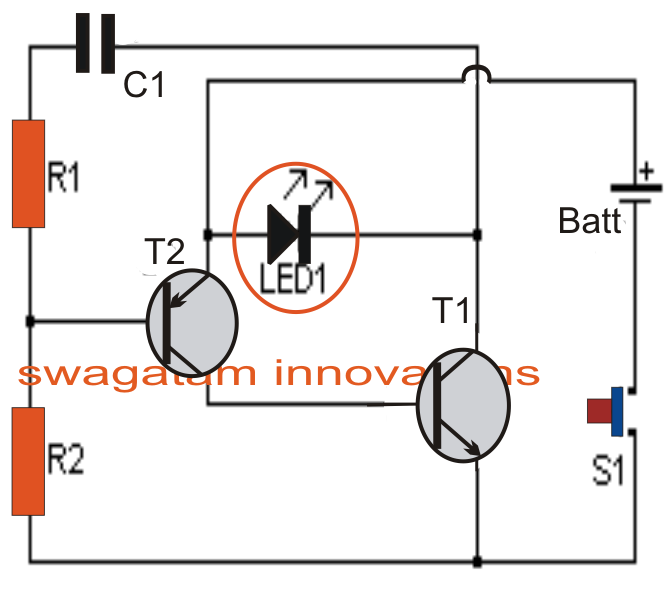The post talks about a model locomotive controller circuit utilizing uniquely set IR beams for various locomotives enabling unique recognition signals and controls for the engines.
For obtaining a accuracy signal IDs for an application for example the above, a basic LM 567 IC circuit turns into significantly useful.
As might be observed below, the first circuit forms the accuracy IR receiver unit while the next one features as the IR transmitter circuit
R2/R3/C2 sets the receiver unit with a unique frequency such that the IC LM567 replies simply to this frequency across its pin#3 via the IR photo diode BP104. It suggests that the circuit is not going to react to almost every other frequency besides the one dependent upon the related RC network across its pin#5,6.
On detection of this frequency, the IC grasps and latches on to the signal producing a quick low at its output pin#8, which is properly useful for activating a monostable constructed from the IC 555.
The monostable replies to this switching on its output at pin3 and signaling the relay.
The above activation is held unchanged for a predetermined time period even though the input IR frequency is taken away, as fixed with R9/C5.
The transmitter circuit demonstrated over the following diagram ought to be utilized for activating the receiver unit, as well as ought to be tuned to a frequency corresponding the set frequency of the receiver unit.
For approaching the meant frequency R1/C1 might be changed until the precise preferred signal is attained and is suitable for the Rx frequency.
On the other hand a regular IC 555 astable might be also attempted for applying the Tx working.


Leave a Reply